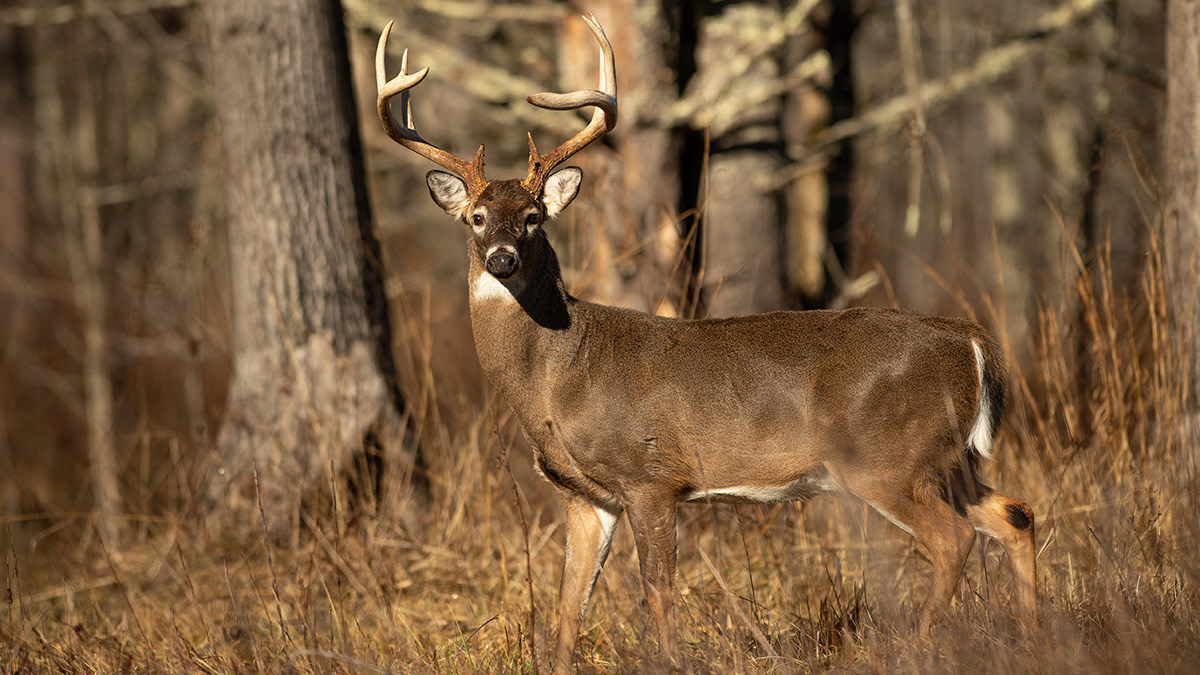
The rut gets all of the love. Everyone wants to be in a tree when a hot doe could bring all of the neighborhood bucks into their lap. The truth is, that hot doe can just as easily pull all of the neighborhood bucks into someone else’s lap. Given this, rut hunting is a gamble.
Pre-rut hunting isn’t. At least it can involve a more calculated approach to hitting pay dirt. It’s kind of like going to the casino and playing slots or blackjack. You’re mostly destined to lose with either game, but your odds are much better of getting dealt a 21 versus seeing three lemons line up in a row.
I personally think for most folks, the pre-rut is actually a better time to kill a mature buck than during the heart of the rut, but that comes with a big caveat—you have to first understand why, when, and where, big deer are likely to move.
False Hope, Failed Hunts
Nearly every hunter out there has at least one trail camera in the woods, with most bowhunters probably averaging several. This is great, but can also lead to poor decision-making around the pre-rut.
Because late October and early November are prime time for the big boys to start moving, our trail cameras often give us false hope about deer movement. Yes, your cameras are showing bucks are covering more ground. Your social media feed probably reinforces this, as well.
Instead of thinking this is the green light that you need to keep hunting that field edge stand you’ve burned to the ground since the opener, think about where mature bucks are most likely to move in daylight. It’s not out in the wide open, especially on pressured ground.
The Time For Surprise
We all know that the first hunt in a spot is the best one, right? Well, this is true all season but is really important right now. If you’ve been working the edges of openings and other easy-access spots, now is the time to go deep.
Hang-and-hunts in the cover, hopefully where there’s some solid buck sign, are the ticket now. A mature buck will absolutely move in daylight during the pre-rut, but he’s going to do it in a spot where he doesn’t expect you to be.
I can’t stress how important this is. If you’re worried about getting too close to his bedding area, or setting up in the tight confines where your shots will be point-blank range, don’t be. To kill him before he’s on a nonstop chase-fest for a couple weeks, you have to hunt where he thinks he can lay down sign, scent check likely doe bedding areas, and keep from getting spotted by hunters. The best way to do this is to slip into the thick stuff and set up where he doesn’t expect you to be.
Put Time On Your Side
No self-respecting bowhunter would say late October is better than November 7, right? Actually, I would. And so would a lot of other people who are really into deer. While the general consensus is the chase phase is the best time to be in the woods, that can work against you. Bucks are more predictable in the pre-rut, but you have to give them time.
If you’re going to dive into the cover and hunt someplace new, give it the requisite hours. I’m starting to believe most hunters don’t sit long enough in the morning, or go early enough in the afternoons. I also believe that all-day sits are about as rare as an original hunting show. Time on stand is key—patience kills big bucks, it just does.
Remember that in the next couple of weeks. As we get into the first stirrings of the pre-rut, to the full-on insanity of the heart of the breeding season, time in a tree with a good wind is your friend. It’ll help you in all of the phases of the rut, but is probably most crucial during the pre-rut.
For more rut hunting information, check out these articles: The Rules Of The Whitetail Rut, What Is The Best Day Of The Whitetail Rut?, and 3 Reasons Hunters Fail During The Rut.
Feature image via Matt Hansen.





